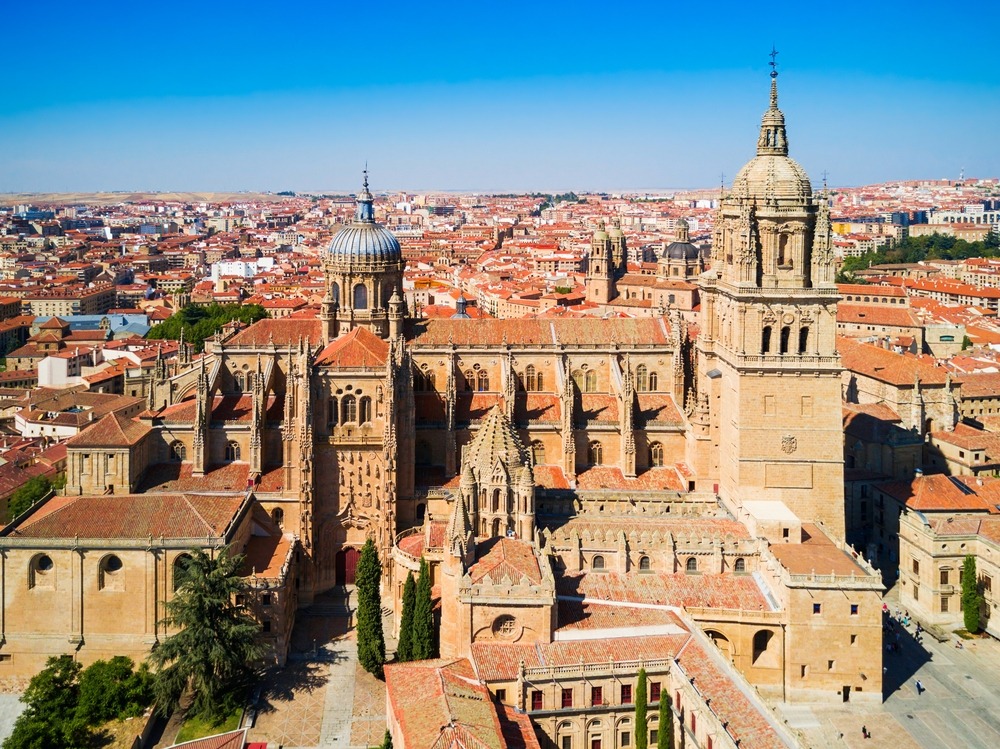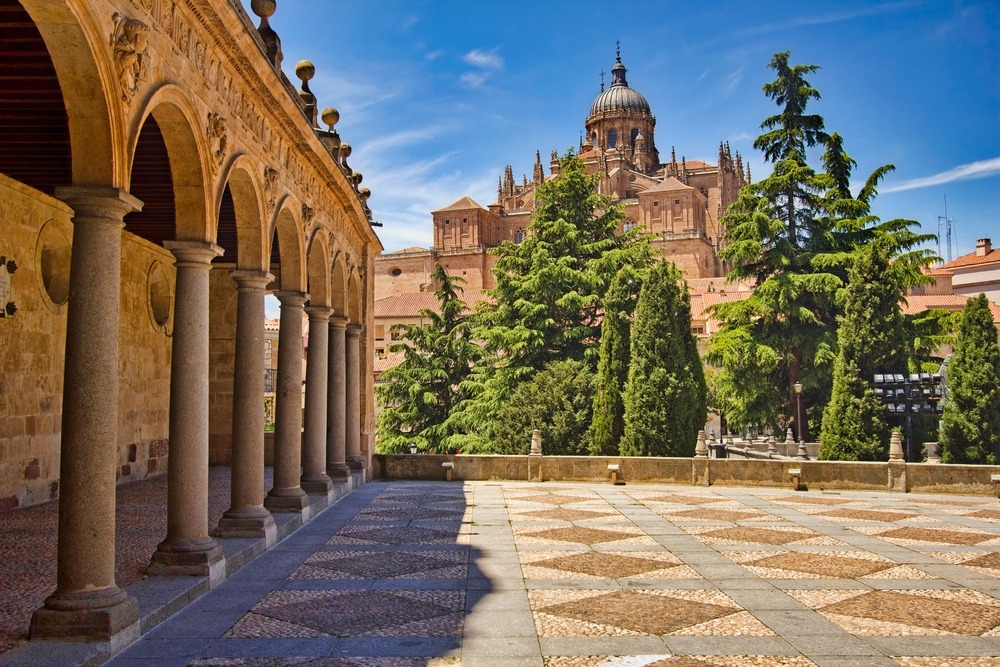Salamanca, Spain: A Journey Through Time and Culture with 25 Unmissable Attractions
History of Salamanca, Spain
Salamanca, along the Duoro River, one of Spain’s most illustrious cities, traces its roots back more than 2,700 years. Founded by the Vaccaei, a Celtic tribe, the city was later conquered by the Carthaginians under Hannibal in the 3rd century BCE. After Roman conquest, Salamanca—then known as “Salmantica”—flourished as a critical stop on the Vía de la Plata, a Roman road linking northern and southern Spain. Remnants of this ancient infrastructure still echo throughout the city’s old quarter.
During the Visigothic period, the city waned in prominence, and later suffered considerable damage during the Moorish invasion in the 8th century. It remained under Muslim rule until it was recaptured by Christian forces in the 11th century as part of the Reconquista. From that point onward, Salamanca entered its golden age, particularly in the 13th century, with the founding of the University of Salamanca in 1218 by King Alfonso IX of León.
The university quickly rose to international acclaim, becoming one of Europe’s oldest and most prestigious academic institutions. Salamanca was a cradle of Renaissance humanism, theological debate, and even early legal theory on international law and human rights. During the Spanish Golden Age, the city attracted scholars, theologians, and literary figures, enriching its cultural and intellectual landscape.
Architecturally, Salamanca is a living museum of Romanesque, Gothic, Moorish, Renaissance, and Baroque styles. The city’s Old City was declared a UNESCO World Heritage Site in 1988, preserving centuries of cultural and historical wealth. Today, Salamanca continues to blend a youthful academic energy with its timeless historic charm, making it a cornerstone of Spanish heritage.

Top 25 Attractions in Salamanca
-
University of Salamanca – Founded in 1218, it’s one of the oldest universities in Europe. Don’t miss the intricate Plateresque façade and the iconic frog hidden in the stonework.
-
Plaza Mayor – A stunning Baroque square and the beating heart of Salamanca, perfect for coffee, people-watching, and evening strolls.
-
New Cathedral (Catedral Nueva) – An impressive Gothic and Baroque masterpiece built between the 16th and 18th centuries, adjoining the older cathedral.
-
Old Cathedral (Catedral Vieja) – A Romanesque gem from the 12th century featuring the famous “Torre del Gallo” and beautiful frescoes.
-
Casa de las Conchas – A 15th-century mansion adorned with over 300 scallop shells, symbolizing the Way of St. James.
-
Clerecía Church and Towers – Built by the Jesuits, it offers spectacular views from its towers over the city.
-
Convento de San Esteban – A Dominican monastery with a stunning Plateresque façade and deep ties to the Spanish Inquisition and Columbus.
-
Roman Bridge (Puente Romano) – A well-preserved segment of the ancient Roman road system dating back to the 1st century CE.
-
La Universidad Pontificia de Salamanca – A 20th-century religious university housed in historic buildings with breathtaking interiors.
-
Art Nouveau and Art Deco Museum (Casa Lis) – A modernist palace filled with decorative arts from the late 19th and early 20th centuries.
-
Scala Coeli at La Clerecía – Climb these towers for a panoramic view of the cathedral domes and the old city.
-
Palacio de Monterrey – A Renaissance-style palace built in the 16th century, owned by the House of Alba.
-
Huerto de Calixto y Melibea – A romantic garden said to be the setting of the famous Spanish novel “La Celestina.”
-
Cueva de Salamanca – A mysterious crypt linked to legends of black magic and the Devil, located beneath the Church of San Cebrián.
-
Ieronimus Tower – A visit through the towers and rooftops of the Old Cathedral, offering magnificent views and historical insights.
-
Salina Palace – A Renaissance palace with a stunning courtyard and official government use today.
-
Anaya Palace – A neoclassical building next to the cathedrals, now part of the university.
-
San Marcos Church – Noted for its unusual circular shape and early Romanesque architecture.
-
Zamora Gate and City Walls – Remnants of medieval fortifications that once protected the city.
-
Museum of Salamanca – Housed in the Casa de los Abarca, it offers collections on archaeology, fine arts, and ethnology.
-
Tormes River Walk – A scenic path perfect for walking or cycling with excellent views of the Roman Bridge and skyline.
-
La Purísima Church – A striking Baroque church with a fresco-filled dome and works by Ribera.
-
Church of San Sebastián – A lesser-known treasure showcasing Baroque architecture.
-
Teatro Liceo – The city’s main theater offering cultural events, concerts, and performances.
-
Mercado Central – A bustling market hall with local produce, meats, cheeses, and a glimpse into everyday Salamanca life.

Salamanca is more than a historic city—it is a vibrant blend of architectural grandeur, academic tradition, and Castilian spirit. Its winding streets, golden sandstone buildings, and timeless monuments ensure every visit is an encounter with the best of Spain’s cultural and historical heritage.

































